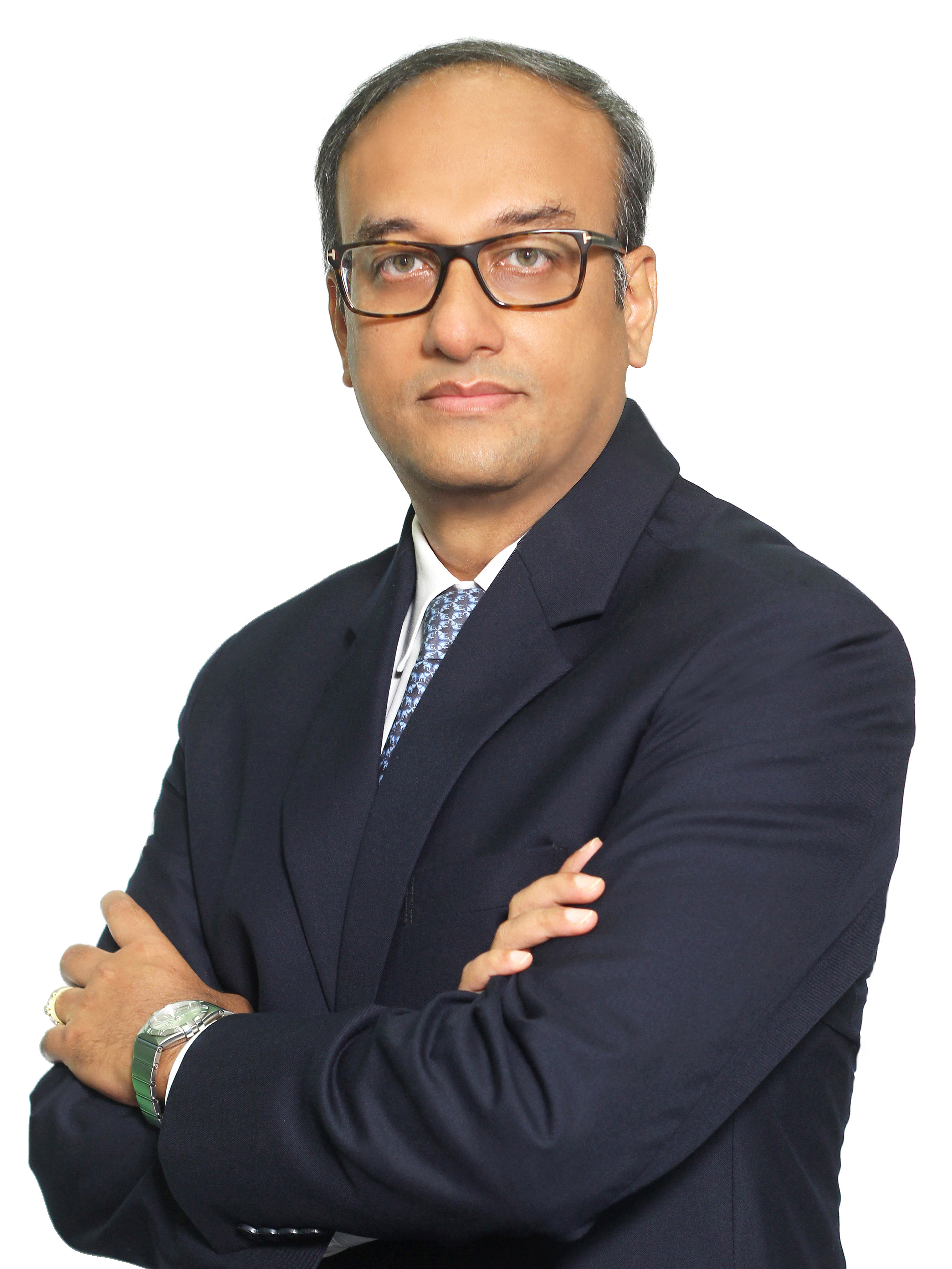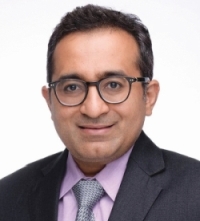
TREASURY has been evolving for several decades. But the evolution unfolding today is different in several ways from that of the past.
“Treasury in the past was quite often considered to be a utility function in a company and, like the other utility functions, it was heavily driven to achieve efficiency,” says Suman Chaki, global head of cash management structuring and head of corporate cash management for Asia-Pacific at Deutsche Bank. “Much of the treasury evolution that we’ve witnessed previously was led by treasurers who were trying to make themselves more efficient, more cost-effective and better risk-managed, because that is what makes them better in addressing the requirements of the broader corporate organization.”
As Chaki points out, the Treasury 4.0 transformation goes beyond just the treasury itself. It is driven and impacted by multiple external factors and multiple stakeholders, which makes the current evolution so different.
“Today’s treasury evolution, to a large extent, is being led by the business model transformation of the industries,” Chaki explains. “Some industries are going through transformation more rapidly, while others are less impacted and are transforming less swiftly. Industries which are technology intensive are being more impacted by digitization.”
One example of business model transformation is in how companies are changing their consumer business model when selling goods and collecting payments, transforming from a B2B to B2C model. Another example is companies that are looking at leveraging the Internet of Things (IoT) technology to move to a “pay-per-use” model.
“Some of the very traditional industrial companies that in the past produced goods and sold them are now exploring the IoT model, which is different from the business model of 10 years or 20 years ago,” says Chaki. “This is also happening rapidly with the evolution of technology.”
This transformation is driving treasury to evolve. This is not a case of treasury trying to evolve by itself, more because the business model transformation demands that this be a significant strategic task rather than just being seen as a utility function.

Chintan Shah, APAC head of cash products, Deutsche Bank
|
“Treasury is becoming an enabler for business model transformation, or potentially it can become a bottleneck to the strategic growth of the company. This is the most important factor that is different from the earlier treasury evolution,” Chaki points out.
The drive towards Treasury 4.0 is also taking place amid a rapidly evolving regulatory and technological environment. In the past, it was largely dependent on trying to centralize and standardize processes, and maybe even offshore those processes to bring down costs and enhance efficiency. Now, one could potentially fully automate the processes with robotics, machine learning and artificial intelligence (AI), according to Chaki.
On the other hand, the rapidly evolving regulatory environment is enabling many developments which were not possible until now. Instant payments are being rolled out globally, for instance, paving the way for real-time liquidity, which will eventually lead to real-time treasury.
“Much of what we are seeing today was not enabled by technology companies or banks and definitely not by corporate treasurers,” notes Chaki. “They were actually enabled by market infrastructure, particularly the regulators, who realized that payment infrastructure is basically like blood vessels that help run the economy.”
It is in the interest of the regulators to make payment infrastructure as efficient and economical as possible for the economy to grow. That is why they are taking the lead, which is creating various opportunities – not just for banks but for what corporate treasurers can do with their treasury organization. Transformation and changes are happening to the various treasury systems – whether it be the enterprise resource planning (ERP) system or treasury management system (TMS).
The spectrum of risks the treasurer used to manage has also broadened. In the past, treasurers used to largely be concerned with financial risk, credit risk or FX/interest rate risk. Now, they also look at cybersecurity risk and technology risk.
Potentially from the size perspective, these new types of risks can be several times bigger than all financial risk, credit risk and FX risk put together. They can completely paralyze the company, since cybersecurity attacks mostly target payments and data. “That makes cybersecurity so critical for treasurers,” says Chaki.
These additional risks have changed life for treasury, with the treasurers being held more accountable in addressing such risks confronting the company with the tools available at their disposal.
For Chintan Shah, APAC head of cash products at Deutsche Bank, what differentiates today’s treasury operations is the ability to leverage three key enablers together, combined with the understanding of client demands.
The first enabler is the entire regulatory platform, which involves the introduction of real-time instant payment schemes.
The second enabler is greater adoption by corporates of application programming interfaces (APIs) and integration with new trends or a better ERP system, which the clients can leverage for their business model. The third enabler is the optionality to plug in with a wide range of fintech players, who offer solutions to address the clients’ bespoke requirements.
Shah adds that these developments can enable treasurers to lead the business model transformation for corporates. The ability of B2C companies to convert payment and collection on a 24/7 basis gives their clients an alternative to credit cards’ high-value, high-cost payment option. “This is where the instant payments scheme is picking up and is doing so more from the corporate use perspective,” he adds.
Another driver is the ability to connect the treasurers’ back-end application with the bank’s payment platform through APIs, which also enhances the clients’ experience with real-time information. “Treasury is looking at remodelling their business strategy to improve their customer’s experience on the back of instant payments and API technology platforms, enabling them to get competitive advantage within their business,” says Shah.
Deutsche Bank is helping its clients to better understand the treasury evolution, since many treasurers are still coming from the legacy days. Some have been working for 20 years or longer in legacy organizations, leading with legacy systems and legacy technology.
The bank is hiring people from the treasury consulting organizations and setting up a cash management structuring team, helping to understand what pain points the treasurers are facing. Along with product experts, this strategy makes treasurers feel a lot more comfortable in terms of understanding the challenging market environment and what it means to address them.
Deutsche Bank is also investing in technology and rolling out API technology, as well as investing in its tracking system, to be able to deliver the latest real-time treasury solutions or data analytics. It is likewise investing in building Innovation Labs, as part of its drive to digitize and embrace emerging technologies for the benefit of its clients.
In November 2018, the bank opened its first Innovation Lab in Asia-Pacific in Singapore – thus completing its global network that spans from Berlin to London to New York and Palo Alto. More recently, in September Deutsche Bank also established an Innovation Lab in Shanghai called Blue Water Fintech Space to offer better digital services to corporates in China. “These labs are where we incubate and co-develop solutions that are specific to our clients’ problems,” says Chaki.
He adds: “These are the range of things that we are doing – creating a team that is better equipped to talk the language of the treasurers and investing in digital frontend and digital back-end in all the related networks that we need to be in. We are also creating an environment of innovation through the Innovation Labs where we can cocreate and co-develop solutions for our clients with fintechs and with our own people.”









